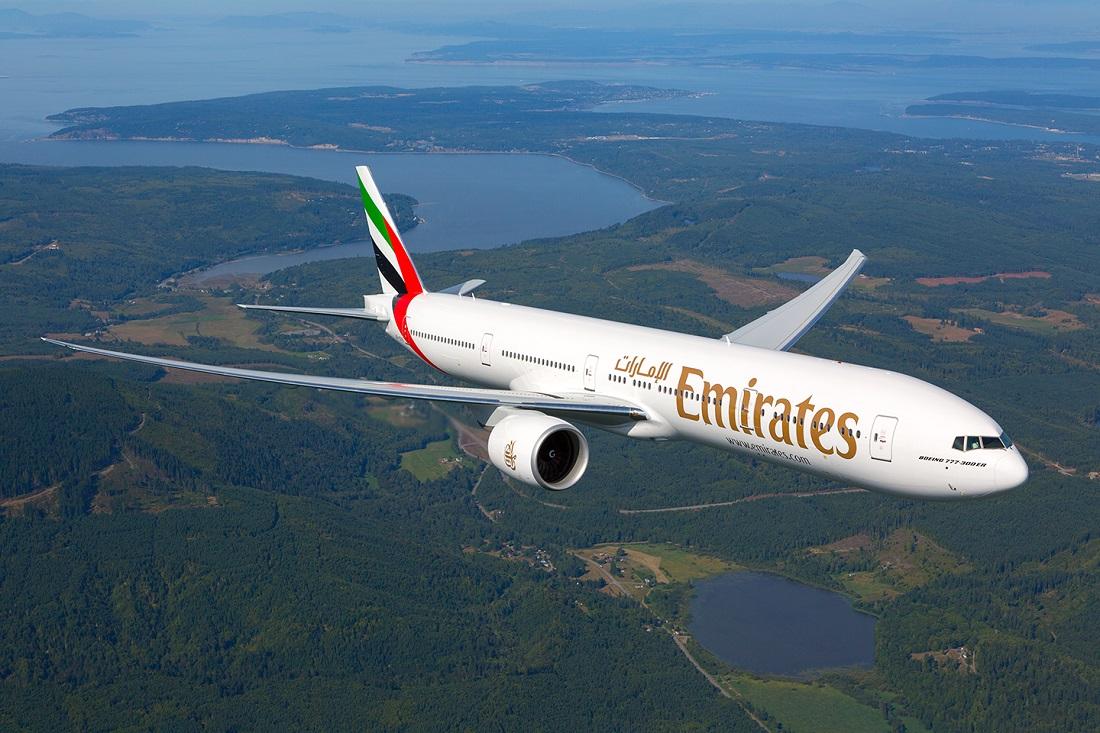
Emirates says Thailand has become one of its strongest routes in the Far East market, though the airline has no plans to establish new connections between Dubai and other cities, apart from Bangkok and Phuket.
The airline also announced it plans to start phasing out large-body A380 aircraft from its fleet in 2032.
Bangkok is a profitable location for Emirates as it is a leading leisure destination for visitors from around the world, said Orhan Abbas, senior vice-president for commercial operations Far East at Emirates.
Emirates operates 35 flights per week to Bangkok, four of which are served by A380s. The carrier also operates 14 flights per week to Phuket.
In 2023, the leading markets in terms of passengers on both routes are the United Arab Emirates, Thailand, China, India and the UK.
The airline does not have any plans to fly to new destinations in Thailand, opting instead to use code-sharing partnerships with other carriers.
For example, Emirates partnered with Bangkok Airways to shuttle its passengers to Koh Samui, he said.
"We have wide-body A380 aircraft, which can only land at certain airports or big cities that have high demand," said Mr Abbas.
As of June 6, Emirates had 249 passenger aircraft, including 116 A380s and 133 Boeing 777s, which are the two aircraft models that have the widest bodies.
The airline ordered the delivery of 50 A350-900s, 115 Boeing 777-Xs, and 30 Boeing 787-9 aircraft.
As Airbus already stopped production of the A380, he said by 2032, Emirates aims to be operating an entirely new fleet as it phases out the A380s.
Mr Abbas said the plan aims to ensure customers understand the airline is operating a young and modern wide-body fleet, while providing quality products and services.
Regarding overall flight capacity on Far East routes, roughly 90% of routes in major markets have resumed, including China, Hong Kong, South Korea, Japan, Vietnam and Singapore.
During the summer period, a load factor of roughly 80% was recorded across 140 destinations worldwide, he said.
The airline targets a full recovery in capacity by next year, driven by a strong outlook for the aviation sector.
With the Dubai Economic Agenda aiming to double the size of the city's economy by 2033, both the aviation industry and Emirates will play a role in meeting that goal, supporting Dubai's trade and tourism, said Mr Abbas.
Emirates recently invested US$2 billion in a retrofit programme to add premium economy seats to the carrier's A380 and 777 aircraft.
Premium economy packages are available on 11 routes worldwide, which is expected to increase to 15 routes by the end of this year, including Singapore and Tokyo, he said.
Emirates serves fresh, leafy green plants to its passengers, which are cultivated at Bustanica, the world's largest vertical farm in Dubai.
This farm was established as a joint venture between Emirates Flight Catering and Crop One last year, said Mr Abbas.